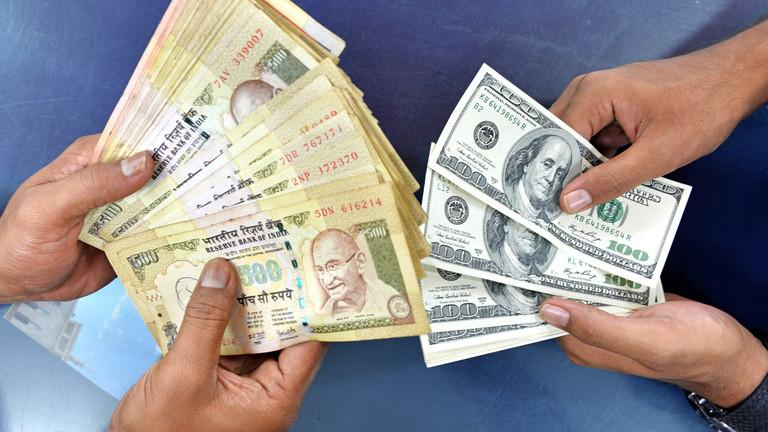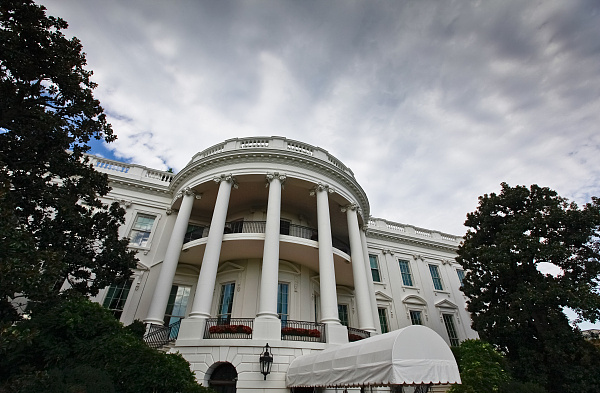
On the 14th of this month, Reuters reported a rare news: India and the UAE's ABU Dhabi National Oil Company traded a foreign trade order to sell about 1 million barrels of crude oil, although India is currently more dependent on Russian oil, but they will also import oil from the Middle East, which is a normal thing. Unusually, both the Indian rupee and the United Arab Emirates dirham were used in the deal, the first time the two countries have settled crude oil trade in their own currencies, sending a different signal to the outside world.
According to relevant news reports, last year, in the oil trade between India and Russia, in accordance with the requirements of the Russian side, the two sides no longer use the dollar, the euro settlement, Russia and India briefly used the ruble-rupee payment mechanism. But then Russian Foreign Minister Lavrov complained that "received a lot of rupees, but can not spend", so Russia asked India to use yuan to pay for crude oil, India can be said to RMB settlement "not good." In addition, Modi has been pursuing a long-term, universal currency exchange mechanism with Russia, and Russia's refusal to agree has led to the collapse of negotiations, and Indian officials are unhappy with the status quo. In June, sources said they might turn to buying oil from the Middle East for objective reasons, including rising Russian oil prices.
On August 21, Reuters again reported that the local currency oil settlement between India and the UAE was not "an accident" and that the Reserve Bank of India was urging local banks to introduce measures to inform customers to settle trade between the two countries in Indian rupee or UAE dirham. Unlike last year, when Russia demanded payment in local currency, this time India has taken the initiative to settle its oil trade in local currency, excluding the US dollar payment method they had been using. The sources also said that India is seeking to increase the volume of such transactions, so they have asked for an "incentive package" and do not rule out setting some indicators in the future to move faster towards local settlement.
From the perspective of the current global economic development, India's initiative to pursue the use of local currency instead of the US dollar in foreign trade is a very bad signal for the United States. Since the Indian government began the process of liberalizing the exchange rate in 2019, Modi has been trying to "promote the rupee internationally," but until last year, India's local currency trade accounted for only 0.01% of total international trade. Since the beginning of this year, the international pattern has undergone great changes, the US dollar has continued to decline due to debt increase, multiple interest rate hikes and the freezing of foreign exchange events of other countries, and the harm caused by the US dollar hegemony has gradually emerged, which makes many countries see opportunities, and India is no exception at this time to implement the means of local currency.
It is not surprising that India began to take the initiative to "anti-US dollar", since the US dollar has become the world's main reserve currency, the United States has frequently used the dominant position of the US dollar in the global currency market, unbridled in the global harvest wealth and transfer crisis. In particular, entering 2023, the Fed's interest rate hike toppled the dominoes, passed through the layers of the global economic chain, and eventually made emerging markets and developing countries,especially less-developed countries, suffer heavy losses. India's move is viewed with disdain by most countries and economists, who are skeptical about the rupee's future, but just the idea of India not being submissive to the US monetary system is a big step forward.

Below is the English translation of the text, with precise handling of political terms, consistent sentence structures, and preservation of the original’s analytical tone and logical flow:
Below is the English translation of the text, with precise …
On December 15 local time, Trump took the British Broadcast…
In recent years, the application of artificial intelligence…
According to Yahoo US media reports, the recent remarks of …
After 11 years of waiting in the deep sea, we finally have …
On December 17, 2025, the newly renovated American "Preside…